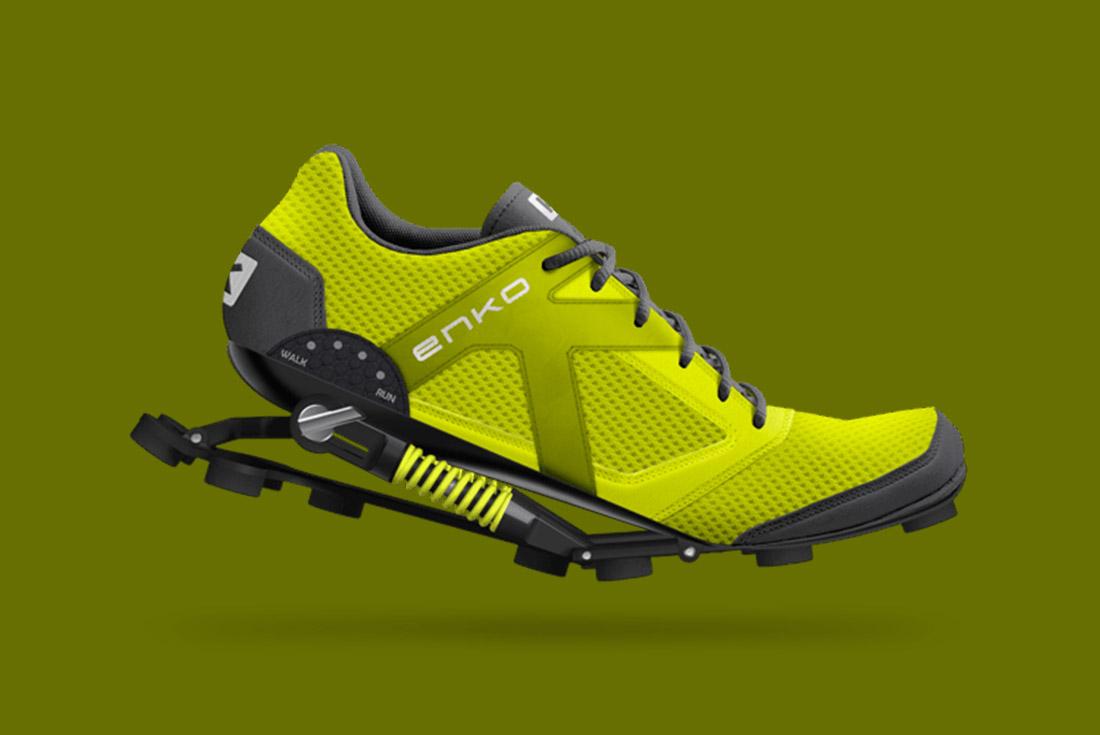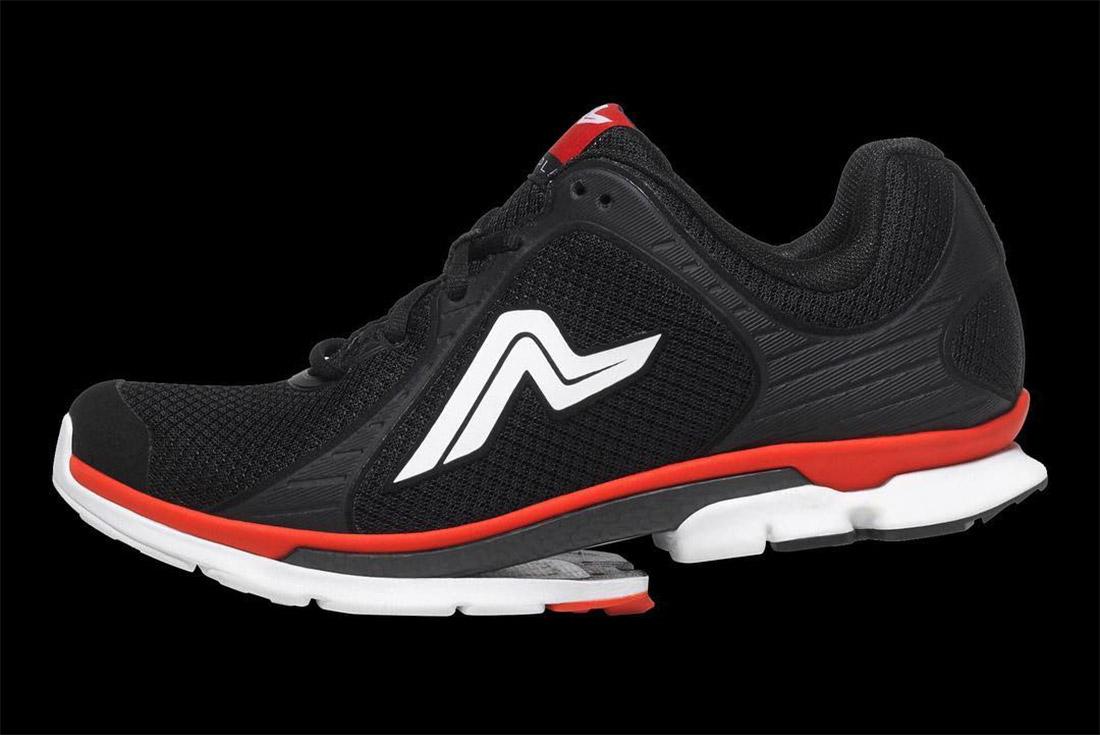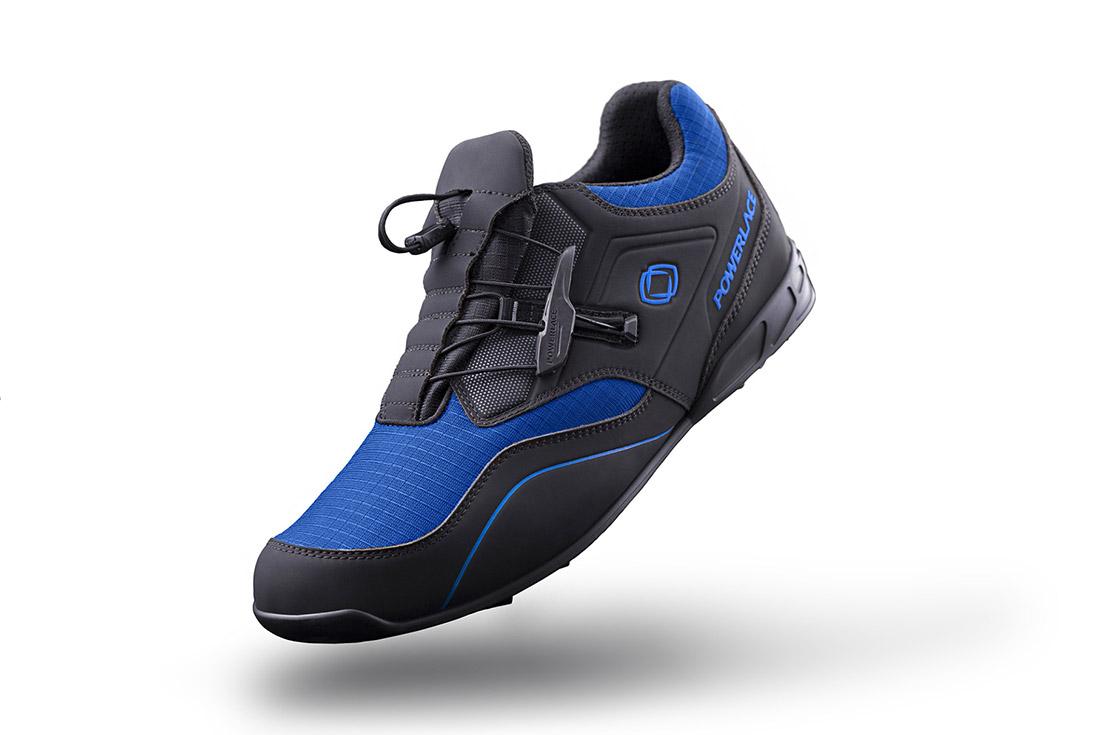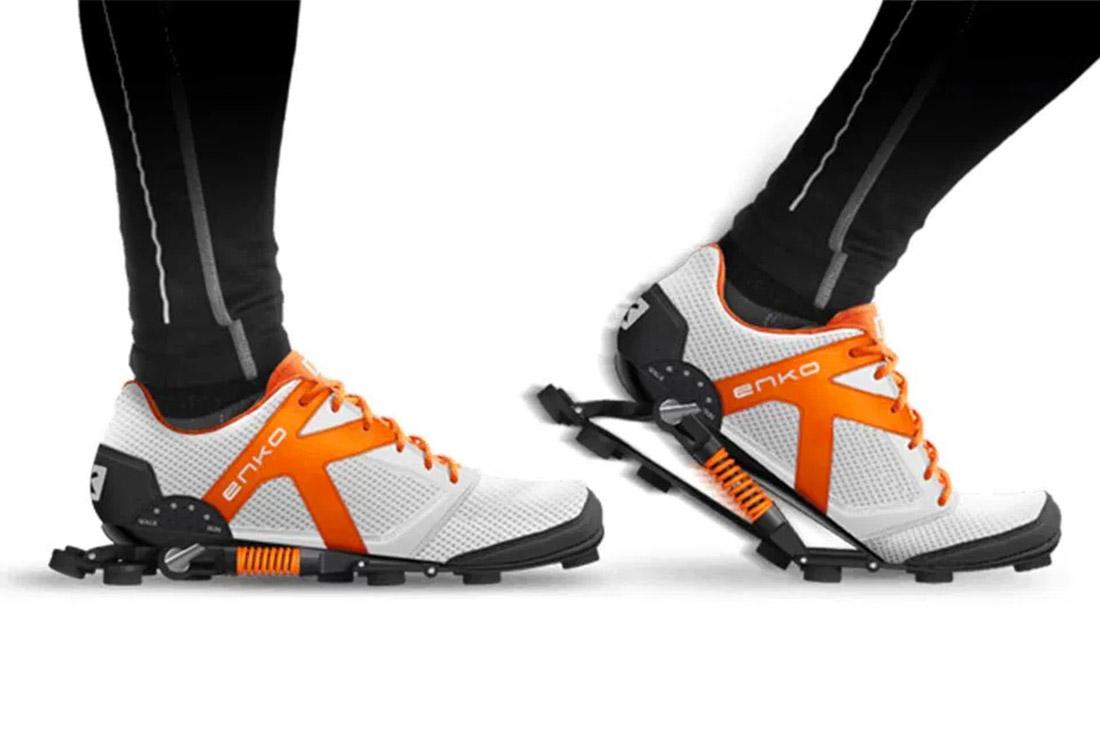Material Matters: The Weird and Whacky Sneakers of Today
Tucked out of sight in the Material Matters corner of SF HQ, you can easily forget that there’s a whole wide world out there. We love the history of our subject matter, we love the future and we love the big brands with their bulging R&D purses. But once you get past the Stripes and Swooshes to inspect the expansive landscape of the sneakersphere, you’ll notice that it’s littered with small brands. How does an independent label make their name known in a land of giants? Well, they offer something new. Join us on a journey to the outlands of our kickdom, where unusual ideas and suspect gimmickry jostle for your hard-earned bucks with abstract technological abandon.

Vibram Five Fingers




